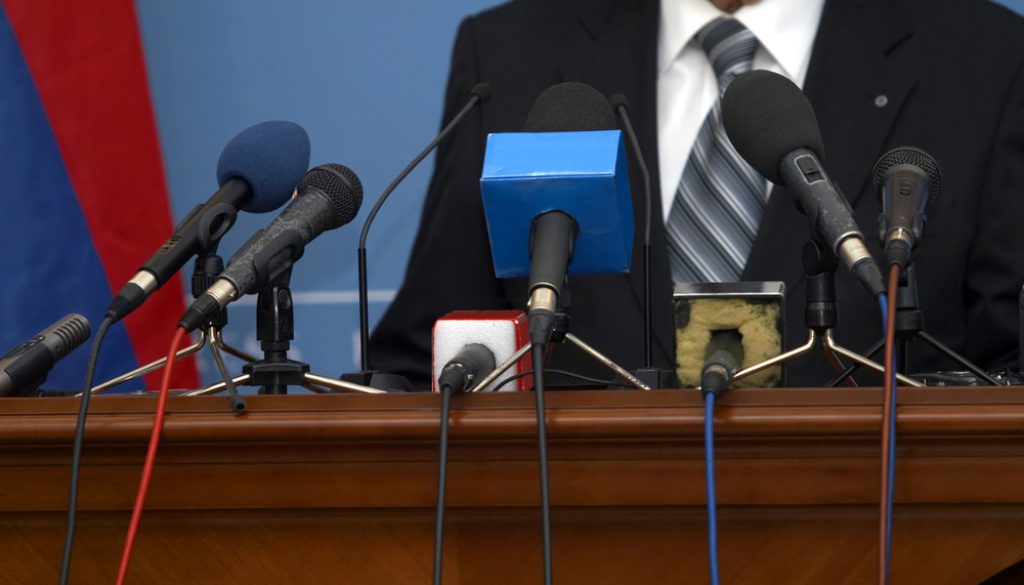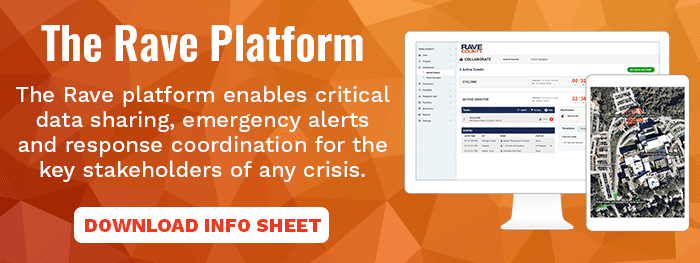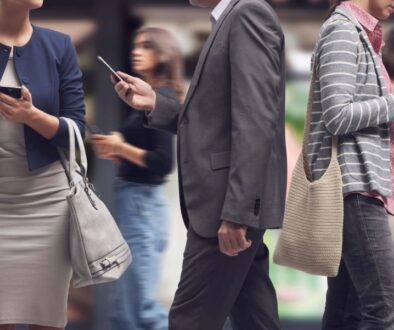What is the Role of a Public Information Officer (PIO)?
Public safety is a crucial part of society, whether in non-emergency situations or during public health emergencies. During the coronavirus pandemic, we saw just how important the role of a Public Information Offer (PIO) is during such times and how much communities rely on them to ensure disaster operations run smoothly.
During the COVID-19 pandemic, PIOs were able to inform the public of continually evolving reports of new variants and the impact they had on their communities. As the response and recovery from COVID-19 continue to change, organizations can enlist the help of a PIO to help them create a safe and well-informed environment.
The role of a PIO is extremely important for maintaining safety and preventing panic at both the state and federal levels. Here’s a look into their roles and responsibilities and how they keep our communities safe.
PIO Duties and Responsibilities
PIOs work for state and local governments to create clear and concise communication between the media, the public, and government organizations. PIOs must share information in a way that is completely accurate and abides by official policy and law.
They also write press releases, prepare information to be distributed to the media, draft speeches, arrange interviews for government officials, and respond to requests for information from media outlets.
A PIO can be included as a commanding officer, who supports the Incident Commander during disaster responses and recovery. They communicate incident-related information to the media and public, as well as coordinate responses with various organizations.
The role of a PIO can be executed by one person or as a team, depending on the emergency and what resources are available.
Communicating factual information with the public is the most important job function of a PIO. Making sure community members understand the events that unfold during severe weather, pandemics, and non-emergency scenarios like road closures is crucial to minimize panic.
PIOs are also an integral part of emergency response teams. They collect and verify information both during and in the aftermath of emergencies, as well as coordinate responses by the government.
On social media, where information travels fast, PIOs can quickly dismantle incorrect information, especially if the account is verified or has a large following. They can redirect public action before, during, and after emergencies when two-way communication is not available. 66% of Americans believe emergency responders should be active online, so the public is looking to accounts such as these for correct information.
Through their exceptional communication skills, they provide lifelines to their communities by delivering important information to those in the direct line of impact. An informed community is a much safer place to be, and PIOs make that possible.
Technology Used by PIOs to Ensure Emergency Preparedness Across Communities
PIOs have many responsibilities and must be able to communicate efficiently while maintaining details. However, they often face the challenge of quickly reaching a massive amount of people concisely and efficiently.
Relying on technology can make their job duties much easier and reach more people.
A mass notification solution can help PIOs reach their communities in only a few short clicks. Such a platform would notify people via text message, phone calls, emails, social media announcements, digital signage, and more.
Because a large majority of public safety relies upon communication from PIOs, old systems that only use on-site warnings or sirens are not efficient enough methods of communication. They need a way to reach entire communities at both the state and local levels — regardless of the emergency or situation.
When technology is confusing and outdated, the job role of a PIO becomes even more difficult and public safety is compromised.
How PIOs Can Improve Their Emergency Response
Given the dire nature of the situations to which PIOs respond, it is crucial that they continuously improve their emergency responses efforts. To do so, they need access to resources that improve communications.
PIOs want to help their communities and build relationships with their peers and emergency-response teams before critical situations arise. A healthy relationship with these parties allows them to work collaboratively while shaping the federal system to fit their needs and provide better service to their communities.
They need access to communication resources that can quickly get them connected. PIOs have many responsibilities, and relying on technology to help them connect with their communities and other emergency personnel can be a huge help.
Rave Mobile Safety’s platform can bridge the gaps between PIOs, emergency responders, and communities by:
- Driving positive engagement with smart alerts and two-way communication
- Enhance soft target safety by identifying threats, enabling fast action and lessening responses times to achieve an all-clear status
- Optimize emergency response by verifying those in need of help and enlisting the proper resources
- Improving situational awareness for emergency response personnel with on-site data and real-time status updates
- Providing post-event analysis and planning
- Setting a powerful example for other communities by utilizing lifesaving technology to prepare communities for unknown and unpredictable risks
Collaborating across agencies means emergency personnel will be able to leverage data and communication for a more coordinated response.
What Technology Tools Help PIOs Do Their Job?
It’s no secret that public information officers have a lot of responsibilities. Relying on technology can be hugely helpful, especially during an emergency. A mass notification solution is one way to reach large amounts of people with just a few clicks of a button. A platform that can reach communities via text message, phone call, email, social media, digital signage and more is essential. Because communicating with the community is critical during any event, having the means to do so quickly is vital.
Mass notification with SMS opt-in is also a great way to get consistent messaging out to specific groups of people. For example, a public information officer could set up a keyword “COVID” and encourage citizens to opt into messaging surrounding the pandemic, such as daily numbers, testing sites, and helpful resources. Watch the video below to see how SMS opt-in works:
Another helpful tool is a tactical incident collaboration platform. During any kind of event, state and local government agencies can rely on this solution to provide order and clear instruction to a sometimes-hectic situation. With automated alerts, the assignment of critical tasks, event-specific access to resources, and an extensive recording of all responses and actions during an event, PIOs can be a part of the incident collaboration during any kind of incident and understand exactly what is needed of them.
Enhance Public Safety With Rave Mobile Safety
Rave Mobile Safety’s mass communication software makes it easy for PIOs to effectively do their jobs and play their part in keeping the public safe. Many communities have implemented a low-level form of emergency alerts, but they are not enough to keep communities safe when seconds count.
Sirens and digital signage alone are likely to miss a large number of people, making a PIO’s announcement unheard and putting public safety at risk.
The best way to ensure a PIO’s announcement reaches all people, state and local governments must implement a comprehensive communications platform.
Rave Mobile Safety works by utilizing multiple methods of communication platforms, enhancing on-the-ground situational awareness, access to crucial emergency resources and planning information, and faster responses from emergency responders — all while making the job role of a PIO much easier and more effective.






